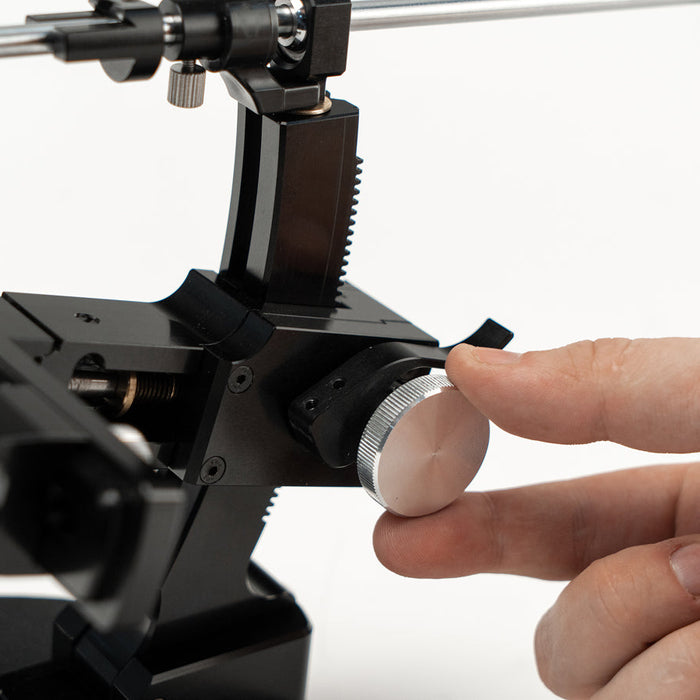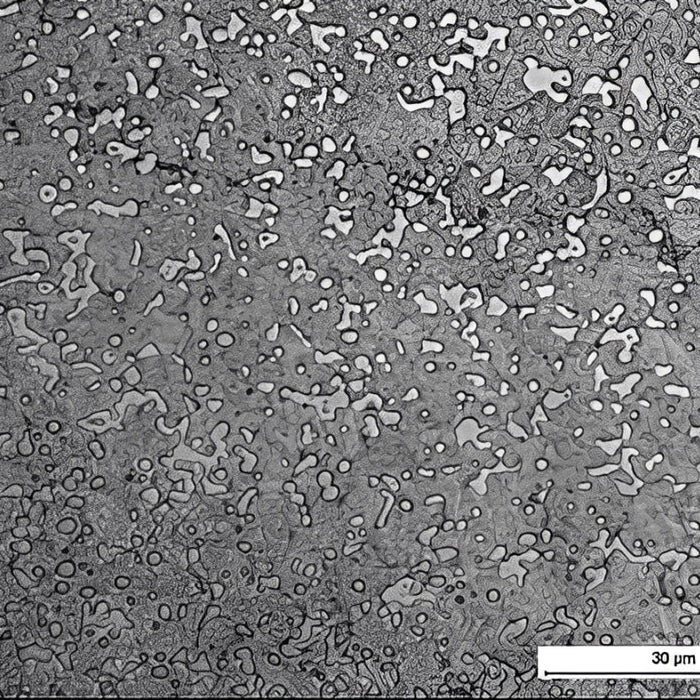1. How to use knives
For cooks and housekeepers, a knife is a professional tool without which it is impossible to work with food, prepare meals and serve dishes. The sharpness of the blade edge is directly related to how the owner uses it.
If you follow a few simple rules, the knife will not get dull for a long time, even if you use it often.
1.1. Choose the right cutting boards
You should only cut meat, chop vegetables, slice bread or sausages on a kitchen board. Countertops are usually made of hard material and will quickly make dull your blades.
Wooden or plastic cutting boards have minimal impact on the sharpness of the edge. Boards made of glass, metal, ceramic or stone play the role of decorative accessories. They look beautiful in the interior, but cause the cutting edge to wear out quickly.

1.2. Do not leave the knife in the sink
You should never put a dirty knife in the dish sink, and even more so — leave it in water for a long period of time. Even if you need to clean up any stuck-on food residue.
There are several reasons for this:
-
someone may not notice a shaving sharp knife in the sink and can cut themselves while washing dishes;
-
prolonged contact with water damages the steel, causing the knife to lose its appearance and become dull;
-
water will have a negative effect on the handle if it is made of wood.
Experts recommend to wash the knife immediately after using it. Especially after cutting products containing acids (tomatoes, lemons, apples). Otherwise, the acids will leave stains on the metal. The edge will also slowly lose its original condition.
1.3. Wash knives only by hand
To remove food residue and juice, rinse the knife with warm running water and use a sponge. You can add some detergent to get rid of grease. Abrasive substances, including baking soda, are not appropriate.
After cleaning, there should be no moisture left on the blade. The blade and handle should be dried thoroughly using a towel or a cloth. This will protect the product from corrosion, which leads to rapid edge dulling.
1.4. Do not put the knife in the dishwasher
To keep your blades sharp, it is important not to use the dishwasher to wash the tool. In the dishwasher, the knife can heat up to a high temperature, causing the metal to lose its properties and deform. Besides, in the dishwasher the sharp cutting edge comes in contact with cutlery and dishes, which also makes the edge dull.
1.5. Do not use the knife as an axe
It is designed for cutting foods of various softness. Knife manufacturers do not expect the chef in the kitchen or the chef in the restaurant to chop frozen meat or hard bones.
Although steel is strong, it is quite brittle. Contact with frozen foods or hard materials can cause pieces of the blade to chip off the edge and the blade itself can break.
It is not just nasty, it is dangerous. Metal debris along with food particles enter the digestive system and cause harm to people's health.

1.6. Follow the right cutting way
One of the main reasons for more rapid loss of knife sharpness is improper use while chopping food. Do not make chopping motions and sharply bring the knife down to the surface.
You should gently move the knife back and forth without pulling it completely off the cutting board. This way the cutting edge will slide along it. It is better to use the back (unsharpened) side of the tool to shake off chopped vegetables or fruits.

1.7. Do not put the knife in boiling water
While cooking, some cooks use blades to assess the readiness of vegetables in boiling water, stir soups and broths. This has a negative effect on the sharpness of knife blades.
In such conditions, the metal undergoes severe temperature fluctuations. They can partially change the properties of the alloy and deform the blade. The only exception is knives made of ceramic.
1.8. Choose the right knife for each purpose
A chef's armory should include tools for various types of work in the kitchen - peeling and cutting vegetables, cutting meat or fish, slicing bread, etc. Each type of knife is designed for a specific product or group of products.
For example, hard steel blades with tungsten and/or molybdenum additives are the best for cutting meat and separating it from the bones. Such knives are quite strong and retain the edge sharpness for a long time. But it is difficult to restore their sharpness.
Soft steel knives are great for chopping vegetables and slicing food before serving. If you use them for cutting meat, the tool will dull quickly and its cutting edge will lose shape.

1.9. Sharpen your knives properly
The sharpness of blades is directly related to proper sharpening. Specialists recommend sharpening approximately 1-2 times a year. However, between complete sharpenings, you should hone the edge as often as possible using a sharpening rod. Keep in mind that the sharper the tool, the more convenient and safer it is to use it.
During the process of restoring sharpness, it is important to maintain the same angle of the edge. It depends on the purpose of the knife.
2. Knife storage
The most common mistake home cooks and chefs often make is improper storage of knives. This causes the blade to rust and become dull quickly. You should not put them in drawers with other utensils. The edge loses its sharpness when it comes into contact with hard objects.
You can store sharp knives in the following storage solutions:
- Blocks made of wood or ceramics. The most common option. It is a rectangular or other-shaped product with knife holes in the top. You can purchase it separately or with a set of cutting tools. Some manufacturers offer universal models that will fit any blade size.
- Magnetic stripes. This storage is great for professional kitchens, yet appropriate for the home use as well. You can attach it to the kitchen splashback or other vertical surface. The holder is versatile and suitable for all knives. The plus is that the blade is uncovered in this case, dries well and does not rust.
- Boxes for knives. They are made of wood and have special dividers that keep the blades separate from each other. They can hold a variety of tools that will always be at hand and will not get dull from contact with spoons or forks.
It is not recommended to store knives in sheaths or scabbards all the time. These accessories make the knife look pretty, but they cause damage to the blade. The trouble is that the moisture on a knife surface does not evaporate into the air, and causes corrosion of the carbon steel. As a result, the edge gets covered with barely visible rust, which reduces the sharpness.
After washing, the knife should be left to air dry or in a drawer where its blade will get some ventilation.
3. What knife is the best
To prevent the knife from dulling quickly, you should choose a high-quality tool at the purchase stage. The most important thing is to pay attention to the characteristics of the blade cutting edge. A good blade is made of solid steel with additional additives which protect it from corrosion. A steel like that cannot come cheap.
Inexpensive knives from hardware stores are made of stainless steel. It resists oxidation well and has an affordable cost. But the cutting edge of such an alloy is too soft and will deform upon contact with a hard object. This causes the knife to become dull quickly.
High carbon steel is used to make expensive tools. To prevent corrosion, they add vanadium and molybdenum in high carbon steel. Such knives stay sharp much longer.
Damascus steel knives are considered the most expensive. It consists of several alloys of different hardnesses. This results in the right balance, making the blade flexible and durable, yet razor sharp and hard.











